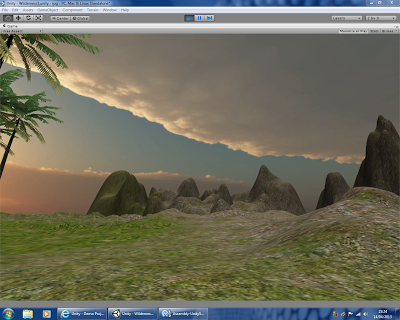raylib – a simple and easy-to-use library to enjoy videogames programming.
The last 12 months have been very difficult. My Dad passed away suddenly from cancer which meant I had to find a new home for my Mum who relied on him for her day to day care, sell their house and deal with some serious health issues of my own. This was in addition to… Read More »



